Len Edgerly Interviews David Risher,
CEO and Co-founder of Worldreader.org
By LEN EDGERLY
Contributing Editor
It is difficult to imagine how much an eReader like the Kindle can change the life of a student in sub-Saharan Africa.
I know that the Kindle has improved the way I read in deep and satisfying ways, adding convenience and a more intimate engagement with an author’s words. But I and most of you reading this are transitioning to eBooks from a rich prior relationship with traditional books.
 David Risher (photo at right), a former Amazon executive who co-founded Worldreader.org in late 2009 to distribute eReaders and eBooks throughout the world, has seen a more profound transition.
David Risher (photo at right), a former Amazon executive who co-founded Worldreader.org in late 2009 to distribute eReaders and eBooks throughout the world, has seen a more profound transition.
“We see kids, for example, go from three books in their lives before our program up to 200 on average on their Kindles,” Risher told me in this week’s Kindle Chronicles podcast interview on October 23rd.
“It’s almost one of those things that blows your mind,” he said.
Imagine if you had grown up in a home with one Bible and one other book. Now as a student you are given a device containing hundreds of books—everything from African writers to Nancy Drew mysteries to Roald Dahl classics such as James and the Giant Peach.
 Worldreader has offered approximately 3,000 kids this mind-bending experience through projects in Ghana, Kenya, Uganda, and Rwanda. The nonprofit organization has distributed about 1,000 Kindles and has plans to triple that number by the end of January, 2013. (Click on the image to make a donation, or click here to see the Worldreader.org website.)
Worldreader has offered approximately 3,000 kids this mind-bending experience through projects in Ghana, Kenya, Uganda, and Rwanda. The nonprofit organization has distributed about 1,000 Kindles and has plans to triple that number by the end of January, 2013. (Click on the image to make a donation, or click here to see the Worldreader.org website.)
You can get an idea of how highly Worldreader’s efforts are valued by asking yourself how many of the 500 Kindles in Ghana over an 18-month period do you think were lost due to theft.
The answer is three. The number is even lower in Uganda and Kenya.
“The teachers understand from a very early stage that this is an important part of the education process,” Risher said. “One of the girls told us in Ghana years ago that thieves really don’t steal education, and we found that to be the case.”
If you are reading on a Kindle, I am sure you have friends or family who are attached to print books and opposed to eBooks. In developing nations where print books are woefully scarce, there is little resistance of this nature.
“The hardest thing for us,” Risher said of Worldreader, “has turned out to be easy, and that is getting people to change their behavior, getting kids to read more. That’s almost automatic.”
The reason, Risher believes, is that people everywhere are curious.
“People want to improve their lives,” he said. “People want to become doctors, or lawyers or football players, or just be curious about the world. And that fundamental curiosity is so strong, that it serves as a pull.”
Which is not to say that Worldreader has taken on an easy challenge. Yes, there is nearly infinite demand for eBooks in places where traditional books are scarce. But it is a daunting mission to increase the number of eBooks distributed from the current level of about 220,000 to a million, and to increase the number of participating kids from a thousand to a million.
“These are big numbers,” Risher admitted. “When you’re thinking about numbers like that, the biggest challenge is execution.”
You’d have to say that, so far, the execution of Worldreader’s mission is going very well.
When I last spoke to Risher in March of 2010, the organization had four full-time employees and was just starting a pilot project in one country, Ghana. Today the employee count around the world has reached 25. And within two weeks, Tanzania, the fifth country hosting Worldreader sites, will come on line.
If you are not familiar with the Worldreader story, a great place to experience the scale and humanity of the effort is their web site, worldreader.org. You will find compelling videos of students using Kindles, evaluation data on field projects, and lots of excellent photos.
You can support the mission a number of ways, including donations at the web site. As little as five dollars gets an eBook to a child, and you can click here to make it happen.
Risher hopes to have in place next year an innovative tool with which you will be able to select from specific books needed in Worldreader projects and know that your donation will make it possible for them to be wirelessly delivered to student’s Kindles within 60 seconds.
With his Amazon connections, Risher works closely with the company on efforts such as the one that recently went public, Whispercast for Kindle, which is a free, online management system for schools and businesses managing “fleets” of eReaders.
“We’re like a particularly intense customer that gives them an enormous amount of feedback,” Risher said of Amazon. In effect, Worldreader helped the company develop Whispercast over a period of 18 months before it was announced on October 17th.
Risher in his comments on the video describing Worldreader’s “Million E-Books Movement” states, “We are creating a culture of reading in a part of the world where it’s never been able to take hold before.”
If Worldreader manages to scale its success so far, it is not difficult to imagine an extraordinary impact decades hence.
“Twenty years from now we’re going to have an entire generation of kids who have been able to read any book they want or need,” Risher said, “and we will really have made a bit of a dent in the universe in that way.”
 Kindle Nation Weekender columnist and contributing editor Len Edgerly blogs at The Kindle Chronicles, where you can hear his interview with David Risher at 23:58 in Episode 221.
Kindle Nation Weekender columnist and contributing editor Len Edgerly blogs at The Kindle Chronicles, where you can hear his interview with David Risher at 23:58 in Episode 221.


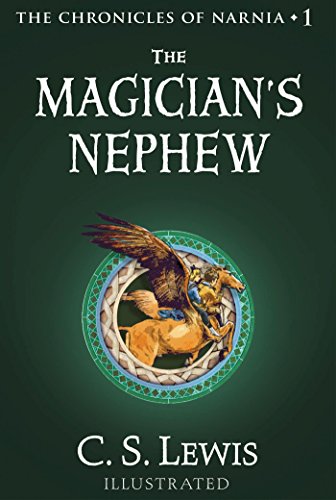




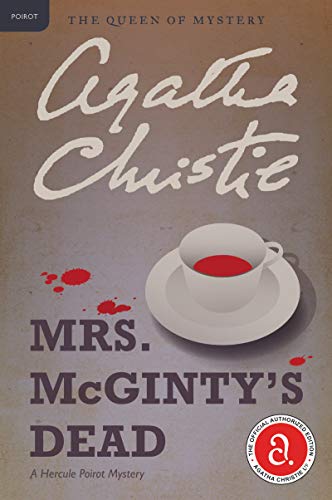



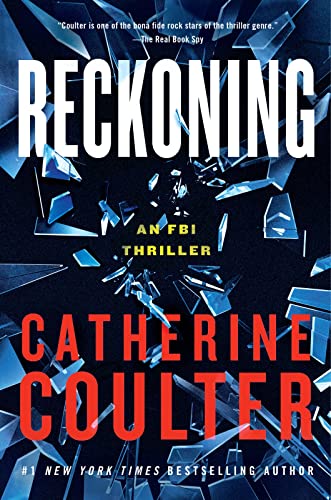
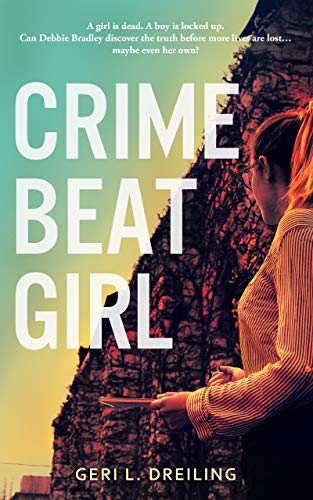


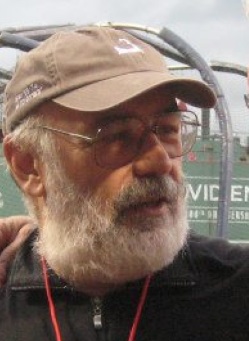
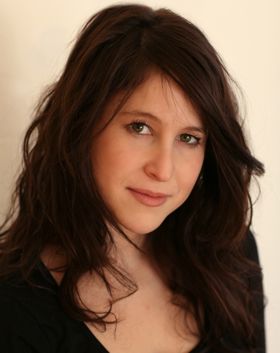
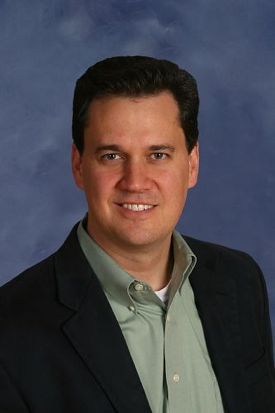 If you chose c) Apple, go to the head of the class, where you will find James McQuivey in his usual chair, making insightful comments about the latest in digital disruption.
If you chose c) Apple, go to the head of the class, where you will find James McQuivey in his usual chair, making insightful comments about the latest in digital disruption.
 There are eight
There are eight 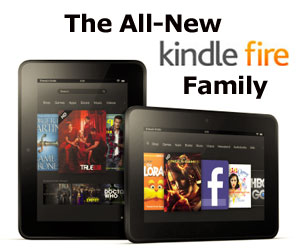
 My first visit to E Ink was in November of 2008. The Kindle was still in its first of now five generations. I wanted to understand the technology behind the Kindle, so I made an appointment to interview Sri Peruvemba, vice president of marketing.
My first visit to E Ink was in November of 2008. The Kindle was still in its first of now five generations. I wanted to understand the technology behind the Kindle, so I made an appointment to interview Sri Peruvemba, vice president of marketing.